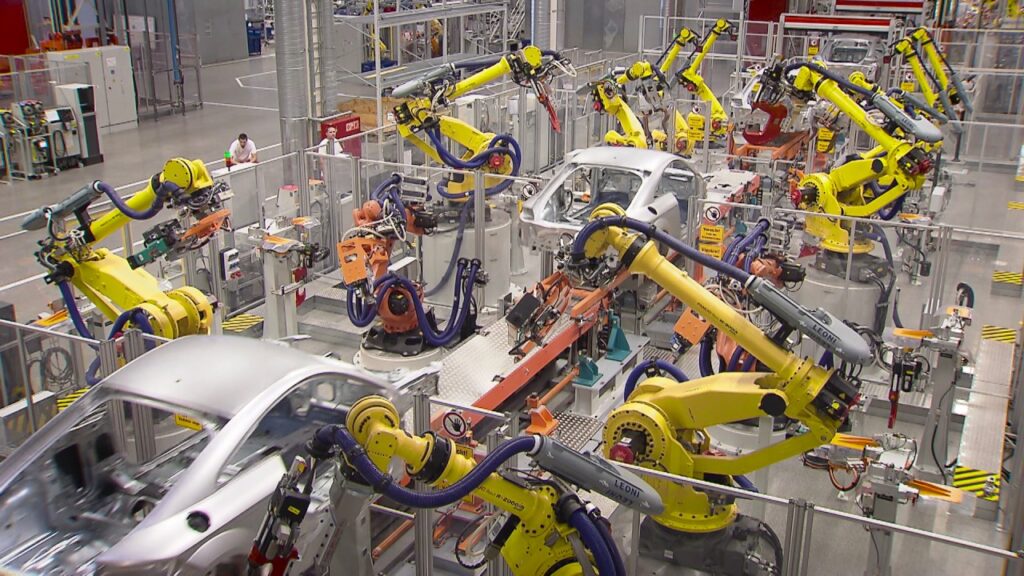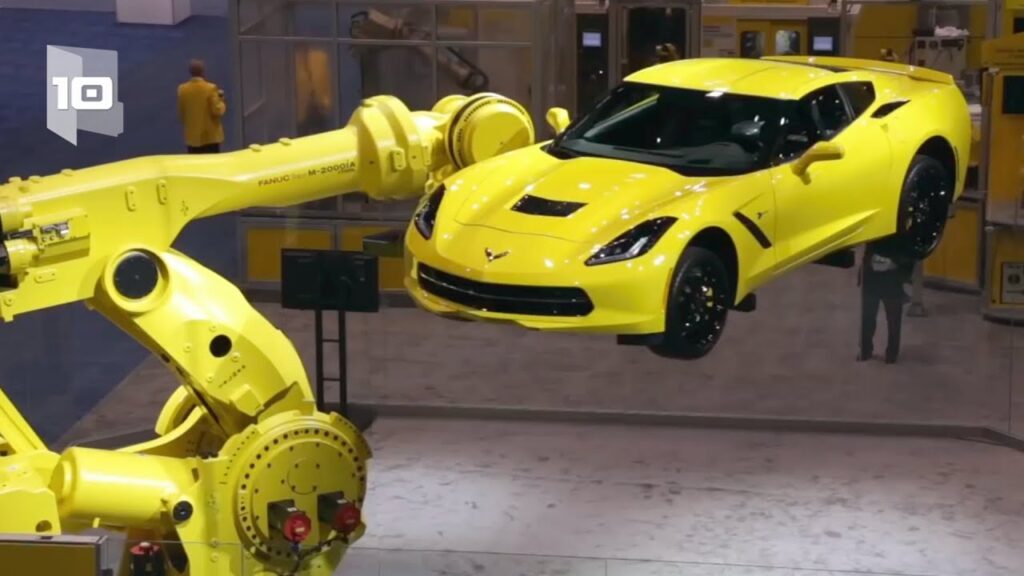The Rise of Dual Check Safety in Industrial Automation Robots
Technology has revolutionized the way we work and has become an integral part of numerous industries. In recent years, there has been a significant increase in the use of industrial automation robots to streamline manufacturing processes and improve efficiency. These robots have become a game-changer in the world of manufacturing. However, with great power comes great responsibility, and ensuring the safety of workers and equipment is of paramount importance. This is where Dual Check Safety (DCS) steps in.
DCS, a feature introduced by FANUC Robotics, is designed to provide a redundant safety system that allows for safe and efficient operation of industrial automation robots. By incorporating DCS into their robotic systems, FANUC Robotics has taken a proactive approach in prioritizing the safety of workers and preventing potentially catastrophic accidents.
Industrial automation robots have become increasingly complex and powerful over the years. They are capable of carrying out tasks that were once the sole domain of humans. This has undoubtedly led to significant improvements in efficiency and productivity. However, it has also raised concerns about worker safety. Accidents involving industrial robots can have severe consequences, ranging from minor injuries to fatalities. It is in this context that DCS proves to be a breakthrough technology.
DCS works by incorporating two sets of safety circuits, each with its own safety monitor. This redundancy ensures that even if one circuit fails, the other circuit is always active and ready to take over. This dual monitoring system acts as a failsafe, providing an extra layer of protection for workers and equipment. In the event of a failure or abnormality, DCS brings the robot to a stop, minimizing the risk of accidents.
One of the key benefits of DCS is its ability to significantly reduce downtime and increase productivity. In traditional safety systems, any minor fault or malfunction would cause the robot to come to a complete stop, resulting in lengthy and costly delays. With DCS, the redundant monitoring system allows for quick identification and rectification of faults, minimizing downtime and maximizing productivity. This not only saves time and money but also ensures that production targets are met.
Furthermore, DCS offers flexibility and adaptability to changing production needs. With traditional safety systems, any modifications or changes to the robot or production line would require recalibration and reprogramming of the safety system. This can be time-consuming and costly. However, DCS allows for easy reconfiguration and reprogramming, enabling quick adaptation to new processes or tasks. This flexibility is crucial in today’s fast-paced manufacturing environment, where agility and responsiveness are key to staying competitive.
Another significant advantage of DCS is its user-friendly interface. The visual and intuitive interface makes it easy for operators to monitor and control safety settings. This ensures that operators can quickly identify any potential safety risks and take appropriate action. Additionally, DCS provides detailed diagnostic information, allowing for effective troubleshooting and maintenance. This empowers operators to proactively address any safety concerns, ensuring a safer working environment.
Safety in industrial automation robots is a complex and ever-evolving field. As technology continues to advance, it is essential for manufacturers to stay ahead of the curve and prioritize the safety of their workers. With its innovative DCS feature, FANUC Robotics has demonstrated its commitment to safety and has set a new standard in the industry. The dual check safety system not only provides a robust safety solution but also offers enhanced productivity and flexibility.
In conclusion, the rise of industrial automation robots has transformed manufacturing, allowing for increased efficiency and productivity. However, ensuring the safety of workers and equipment remains a critical concern. FANUC Robotics’ introduction of Dual Check Safety (DCS) has addressed this concern head-on, providing a redundant safety system that minimizes the risk of accidents and enhances productivity. As technology continues to advance, it is crucial for manufacturers to embrace safety innovations like DCS to create a safer, more productive working environment. With DCS, the future looks promising for the world of industrial automation robots.
Industrial Robot
“Ensuring Safety in Industrial Automation: Introducing Dual Check Safety (DCS) for FANUC Robotics Automation Robots”


